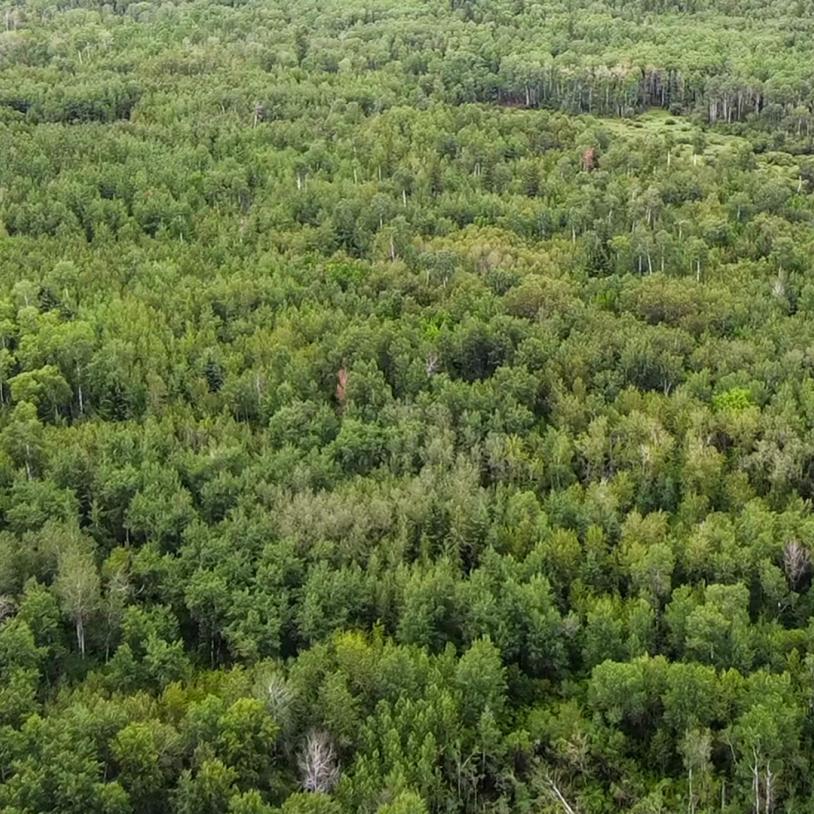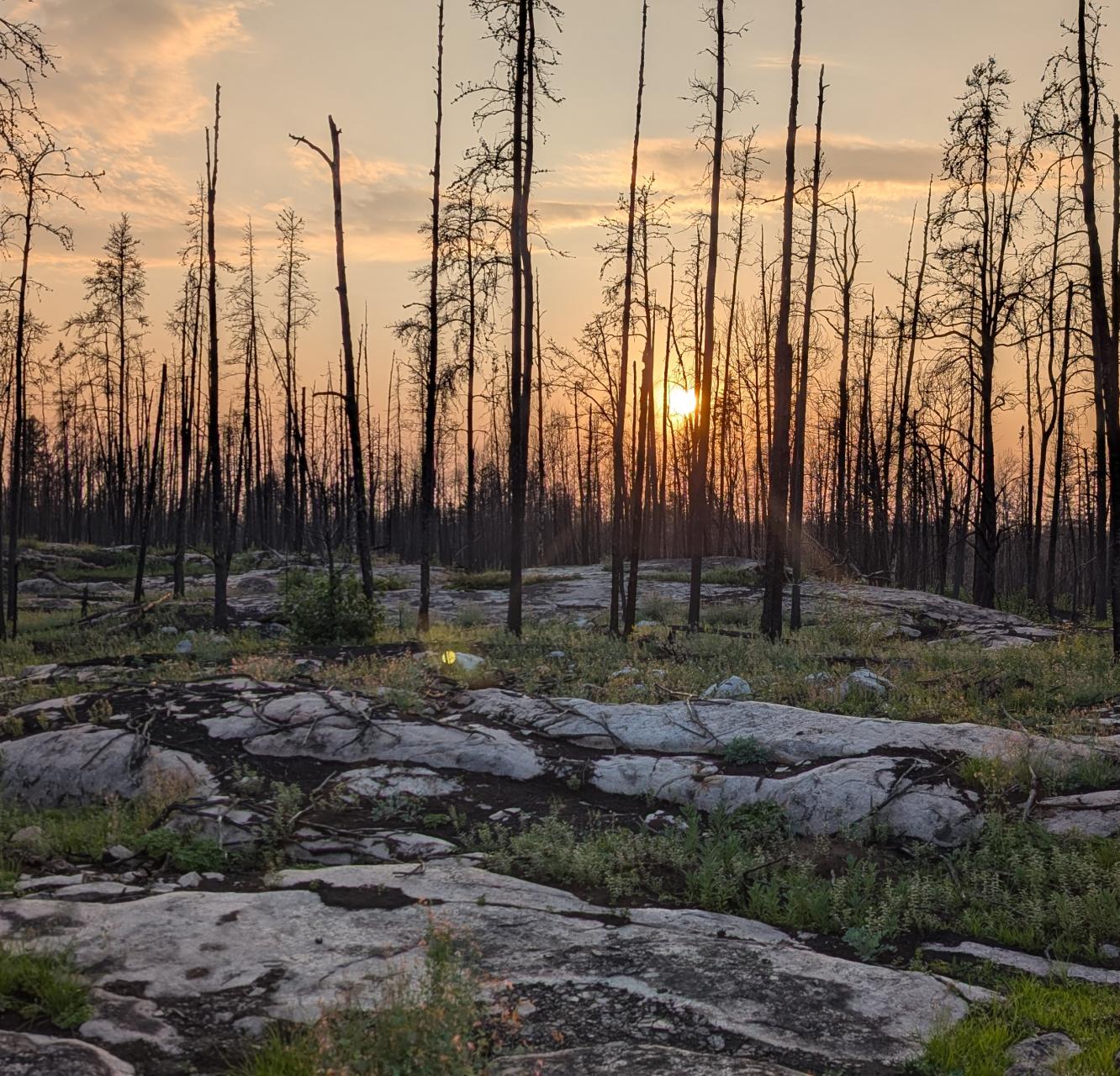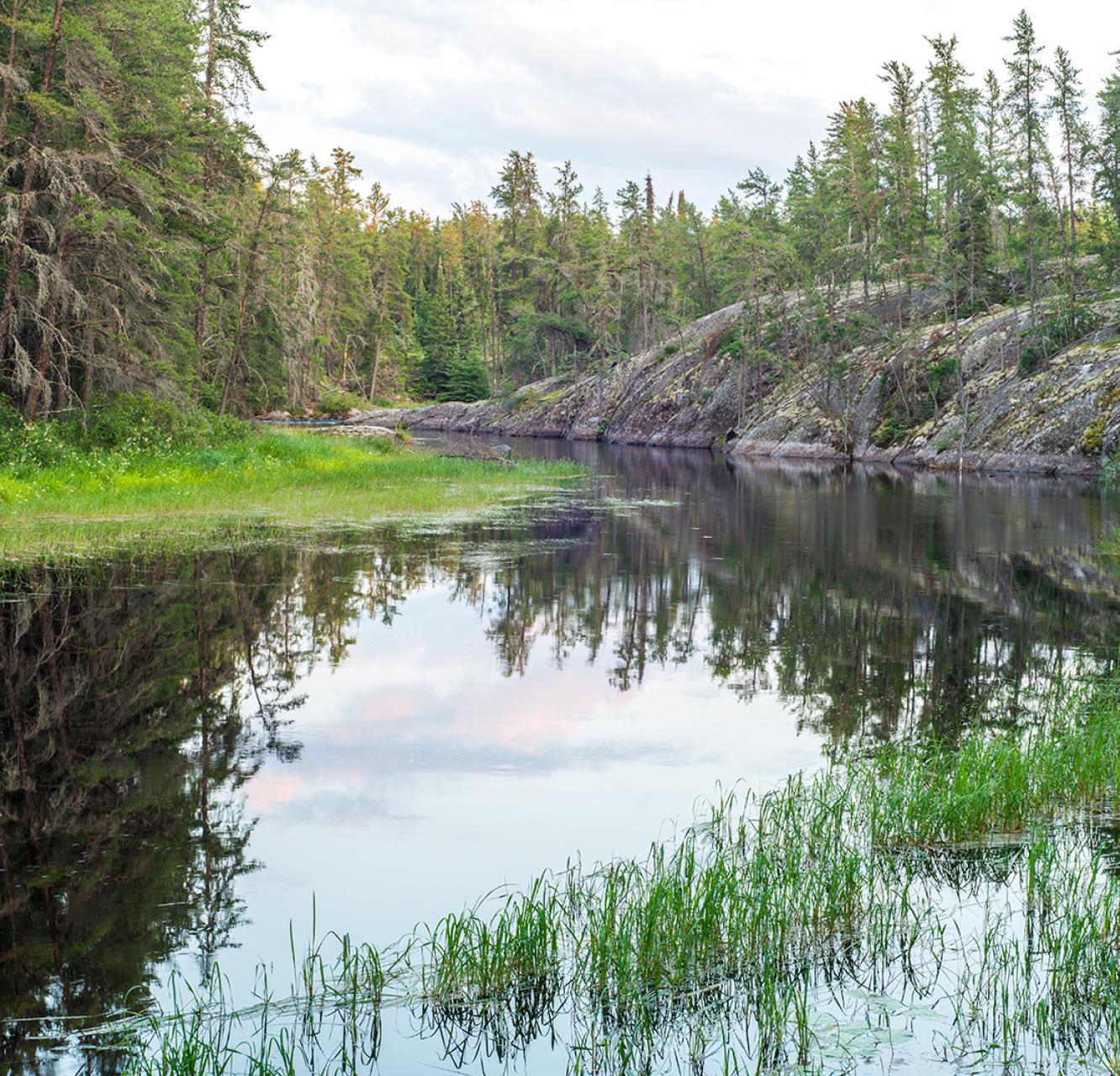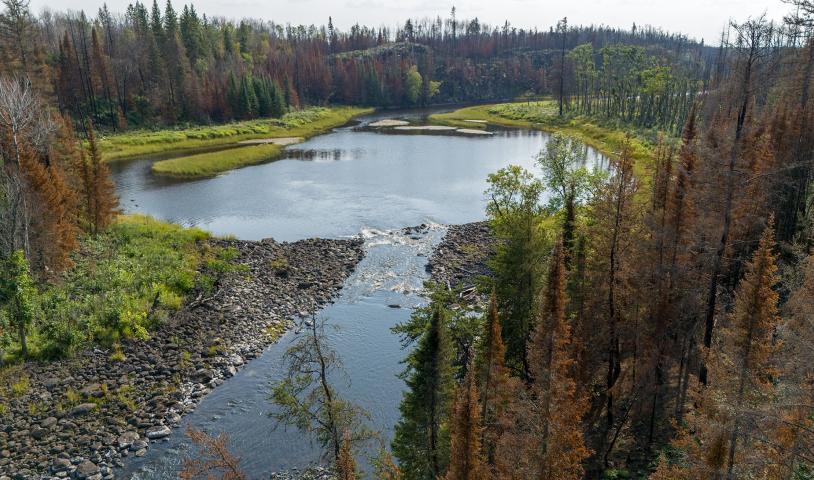A new frack sand project in town?
Thursday, August 20, 2020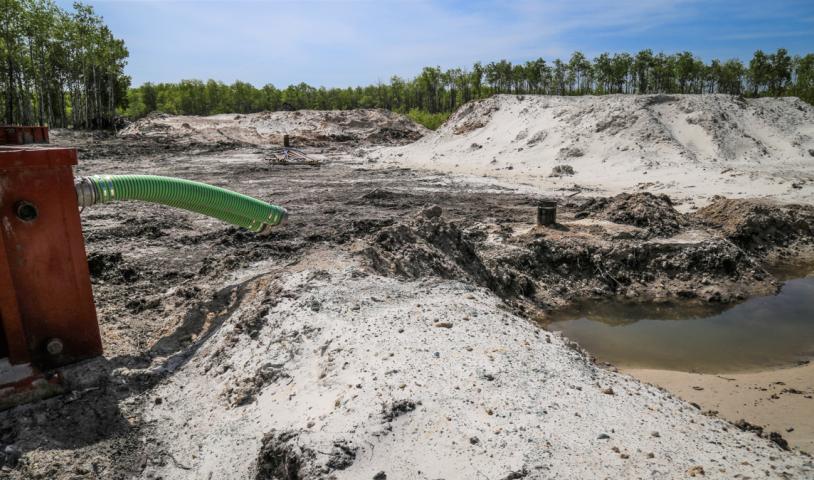
A truly horrible project is being proposed for east of Winnipeg in Springfield: mining cancer-causing silica sand from the groundwater aquifer in the Oakbank-Dugald-Anola area — one of Manitoba’s largest aquifers — and sending it across the country where it will likely be used to frack for climate-wrecking oil-and-gas in someone else’s aquifer, ruining that water too.
The compound levels of destruction here are so mind-boggling they seem like a cartoon villainesque episode happening in The Simpsons’ Springfield.
To bring this project forward, an underhanded tactic called staged licencing or project splitting is being used. This tactic means apply for a permit or licence for only part of the project that may look like it causes less environmental impact, rather than the whole project, circumventing a large scale environmental assessment and related decision-making process.
CanWhite Sands from Calgary has applied for an Environment Act licence only to operate a sand cleaning plant outside of Vivian, Manitoba, noting in the future they will apply for further extraction permits. However, this application has no mention of environmental impacts like aquifer contamination from mining the sand nor the damage that will be done when the sand is used for fracking of oil and gas.
The risks of sand mining in the aquifer are not brought up anywhere in this application, as if the sand magically appears at their Springfield location. Sand that has been sitting 200 feet down for thousands of years is going to be sucked out of the aquifer, the same one that feeds Oakbank, Dugald, Anola, Hazelridge and other eastern communities. Why would we put this water and these communities at risk?
End use of the sand is also not mentioned in the licence. Calgary’s CanWhite Sands, headquartered squarely in the centre of the oil-and-gas industry, is likely seeking frack sand, utilized in the destructive process of blasting water and chemicals down an oil well at pressure to literally smash the fabric of the earth to extract more oil and gas. Fracking ruins groundwater and destroys our climate with fossil fuels.
CanWhite Sands has 376 mining claims covering some 196,000 acres in southern Manitoba, claimed just as other exploration cowboys were searching to profit off a demand for frack sand several years ago. The destruction for farm communities will be widespread and long-lasting. This is not a project in the best interest of Manitobans.

The plant alone does have its own risks and impacts. Airborne silica sand causes irreversible lung damage, cancer and death as the Wilderness Committee documented when the frack sand mine was proposed for the edge of Hollow Water First Nation. Cleaning the sand also means the toxic chemicals that are mixed up with the sand deep in the ground are going to end up in the Rural Municipality of Springfield as an ongoing threat, sitting above the aquifer and the Brokenhead River watershed. Increased truck traffic will disrupt local communities and heavy loads will quickly devastate the highways.
But this licence isn’t about silica sand mining or fracking itself, only the plant. Manitoba’s antiquated Environment Act, enacted in 1988, allows staged licencing, however it is now recognized that this is a flaw rather than a feature. In fact, the Manitoba Law Reform Commission addressed this in 2015 when they wrote a comprehensive review of how our Environment Act needed to be updated. The Wilderness Committee has noted this on numerous occasions since Premier Brian Pallister was elected, however, he has ignored the urgent need for its revision.
In the world of environmental assessment, cumulative impacts are the new normal for projects. It means that the impacts of one project could well make the impacts of another planned or existing project worse. This is a common sense approach, but one lacking in assessment regimes around the country. With cumulative impact assessment, staged licencing like CanWhite Sands is using wouldn’t be allowed.
UPDATE: On April 6, 150 letters had been written to the government. Thanks for standing up against frack sand mining!
